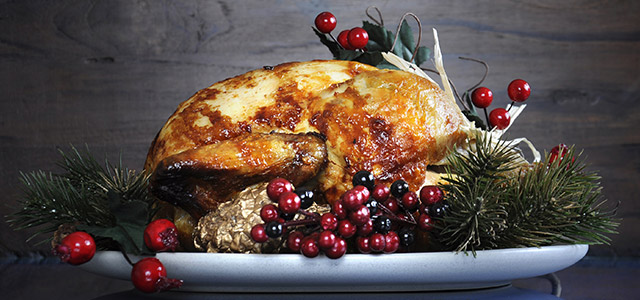Thanksgiving is celebrated every year on the fourth Thursday of November. However, there is a good chance that you have forgotten what you learned about Thanksgiving when you were in school. Take the time this holiday season, as you and your family gather around your kitchen table or granite countertop kitchen island to celebrate this wonderful holiday, to think about what the story behind Thanksgiving is.
What Year Did Thanksgiving Begin?
If you remember elementary school, or have kids that are currently in school, you are under the belief that the first Thanksgiving was held in 1621. While this is true, there are some historians who make note of the fact that Thanksgiving Day was not declared a holiday until 1863, when Abraham Lincoln was President of the United States.
Despite what naysayers proclaim, there was a feast between the pilgrims and Native Americans in the year 1621, a feast that has been named the feast of thanks. This is likely where Lincoln gained inspiration name for the celebration to be called ‘Thanksgiving Day,’ although the feast actually lasted for three days, as opposed to one. Learning more about each side of the table is a good way to learning this wonderful story.
Who Were the Pilgrims?
It is a known historical fact that the Pilgrims sailed to what is now North America aboard a ship called the Mayflower in search of religious freedom. On December 11, 1620, the Pilgrims landed at Plymouth Rock, with a devastating winter ahead of them. However, the following year, they had a bountiful harvest and decided to celebrate their achievements with a feast.
Who Were the Native American Indians?
During their first year on Plymouth Rock, many of the Pilgrims perished, due to the terrible weather conditions, and lack of food and supplies. It was with the help of the Native Americans that those who survived did so. They too, were included in the feast to celebrate the bountiful harvest.
What was on the Menu?
If you have ever gathered around a Thanksgiving table you will likely find turkey at the center of the meal. However, many historians believe that this was not the case with the ‘feast of thanks’. In fact, it has been said that the use of the turkey comes from the Pilgrims’ referral of any type of fowl as a turkey, even if they were eating wild geese and ducks. This is not to say, however, that it is not possible that they did indeed eat a ‘Thanksgiving’ turkey over the course of their celebration.
In addition to some type of bird, venison was also on the menu. In contrast to the side dishes of today, it is likely that in place of pumpkin pie, boiled pumpkin was served, as was fried bread made from corn. You see, during this time, there was a limited amount of flour, which prevented any baked goods from being eaten. Other foods that were likely not served include butter, milk, and potatoes. In their place, it is possible that fish, clams, dried fruit, watercress, plums, lobster, and berries were served.
What Happened After that Feast?
Unlike the repeated traditions of Thanksgiving today, the feast was not celebrated the following fall. In fact, is was not until 1676 that another feast was held, which actually took place at the end of June. This event, held by the council of Charlestown, Massachusetts and was deemed a day of thanksgiving. Historians note that there were no Native Americans at this feast, particularly because the feast was a celebration of the victory over the natives, in a competition for more land.
There was another fall feast, which did not take place until October 1777, in celebration of the victory at Saratoga. Twelve years later, against much opposition, President George Washington declared a National Day of Thanksgiving, and President Thomas Jefferson attempted the same concept. Following efforts by Sarah Josepha Hale, Abraham Lincoln finally declared that the last Thursday of November would be considered a national holiday celebrating Thanksgiving. Despite the efforts of later presidents to change the date, the fourth Thursday became sanctioned by Congress in 1941 as a legal national holiday.
Taking the time to reflect on the country’s history, discovering what Thanksgiving is all about is important. From a feast between new friends, to the celebration of the defeat of the Native Americans by the Pilgrims, Thanksgiving Day has been a staple in this country for many centuries.
As you and your family gather around the Thanksgiving table, enjoying your feast of turkey, pumpkin pie, and breads, you can think about what it means to have Thanksgiving, and what it took for this to become a holiday. Think about what it would have been like to be at the first Thanksgiving, and how minimal the celebration was compared to vast amounts of food spread out over your dinner table and granite countertops.


